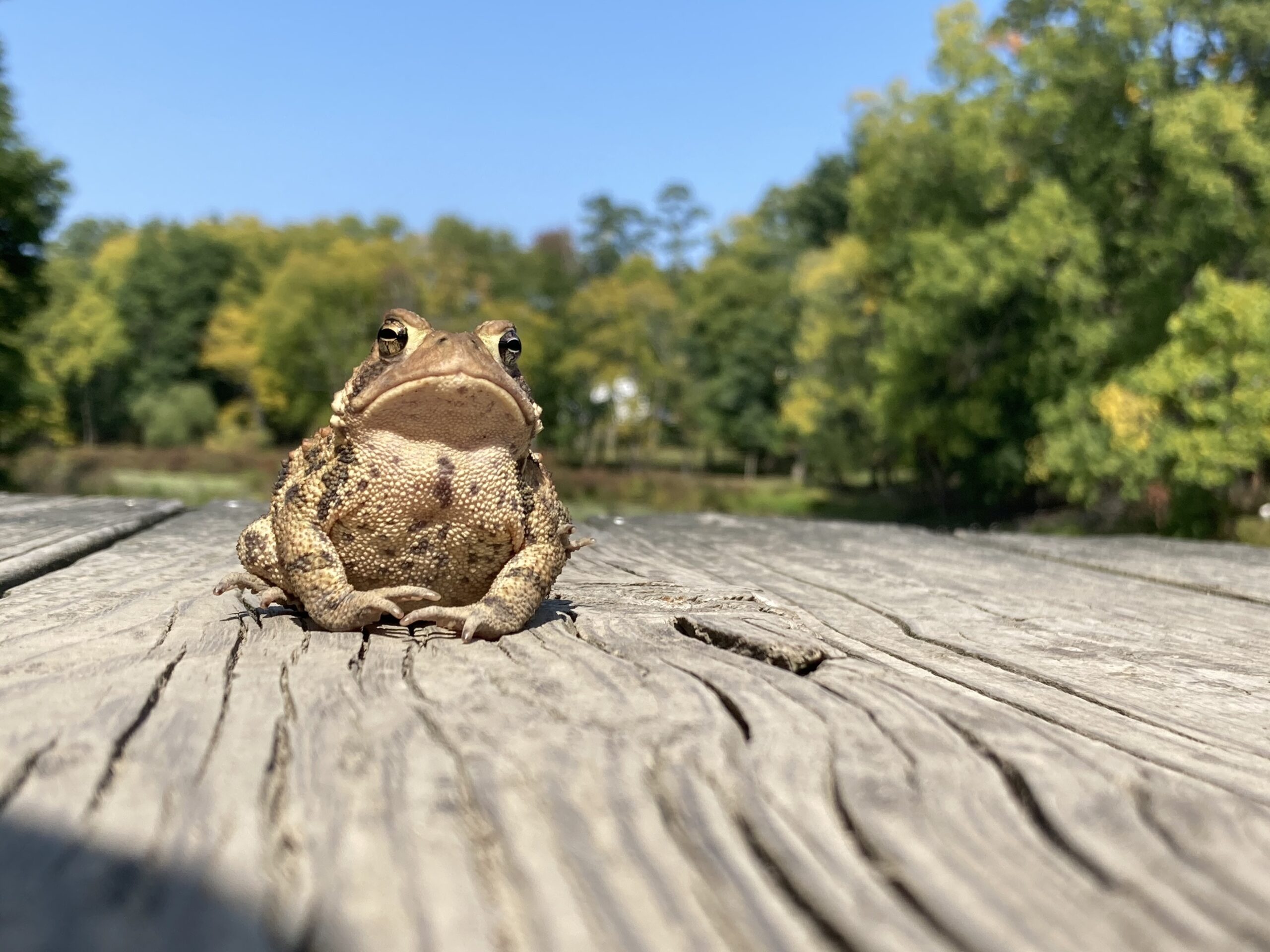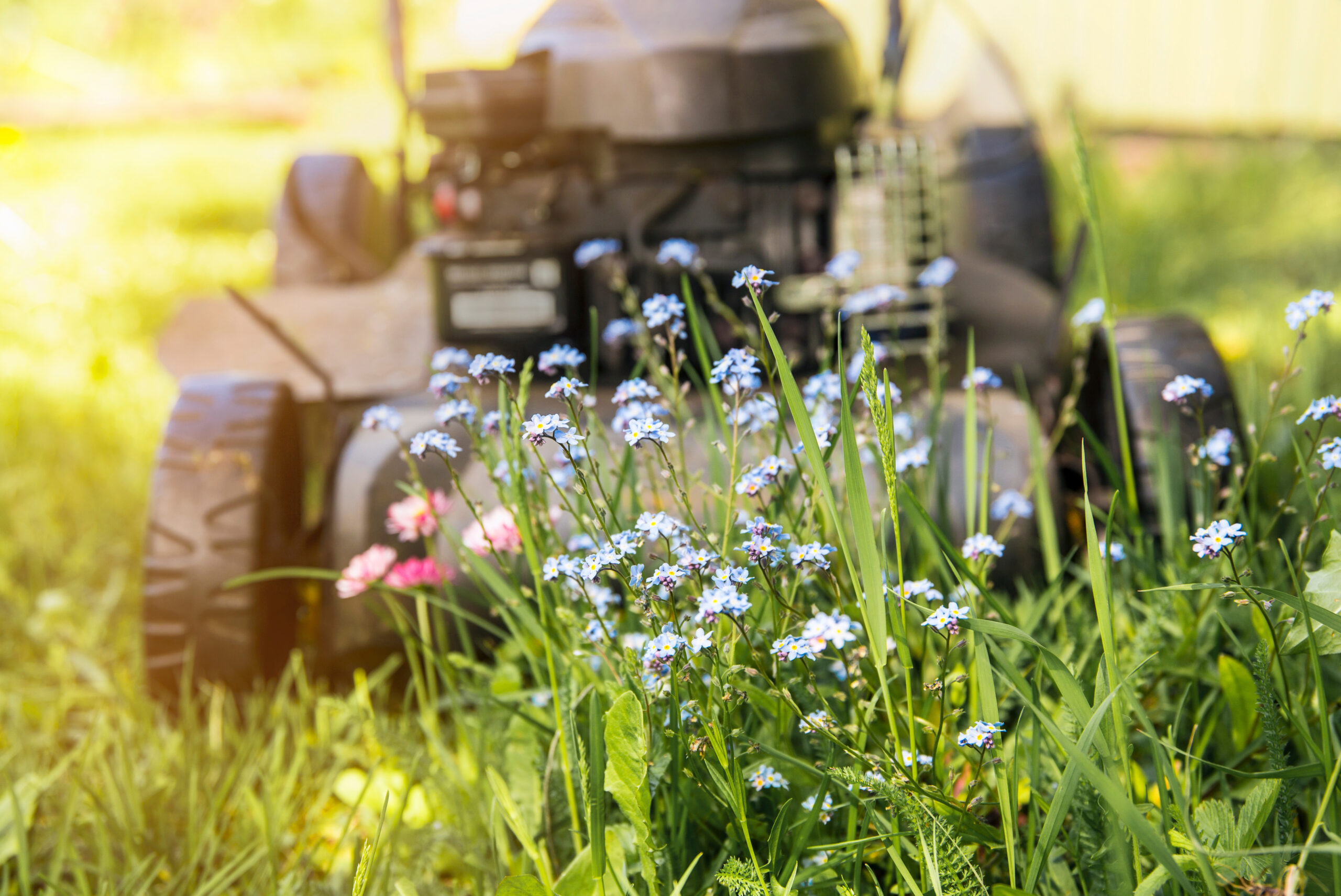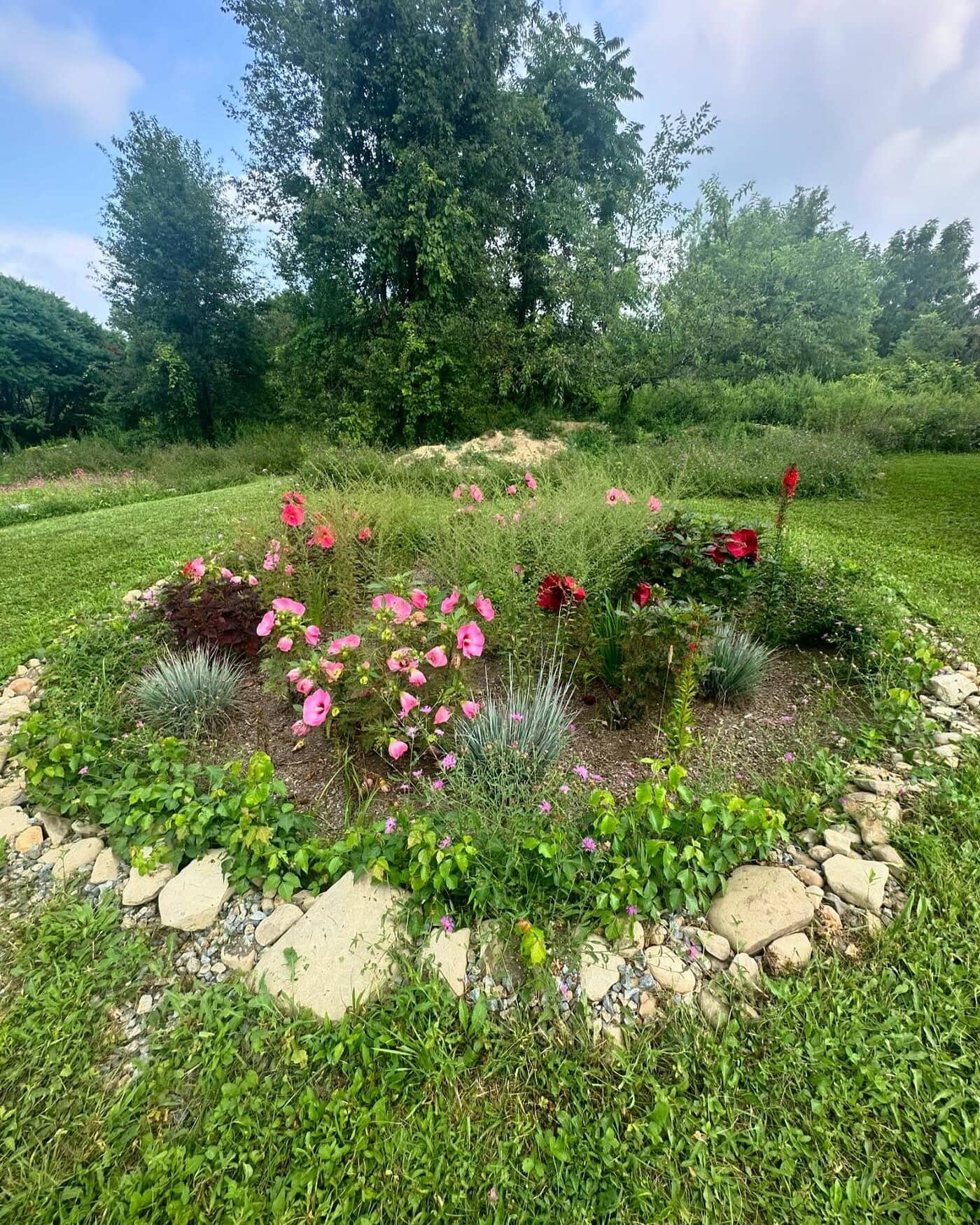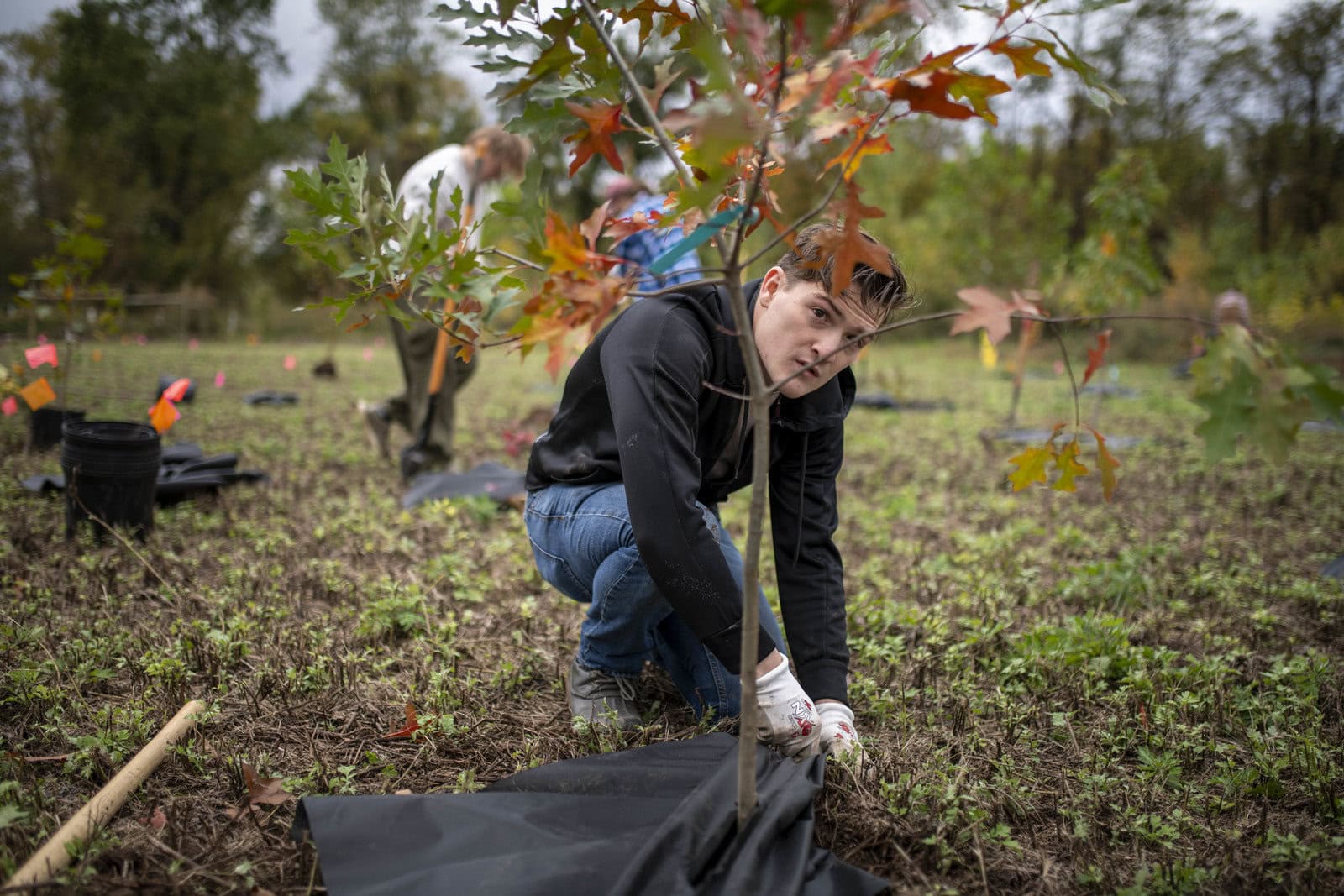In the best of winters, cold weather brings Hudson Valley residents both the silent stillness of a fresh snowfall and the feeling of safety on well-maintained local roads.
But beneath the snowfall and black road top is a growing problem: the natural environment contaminated by road salt — especially in groundwater. A 2010 study by the Cary Institute of Ecosystem Studies in Millbrook found that the effect of salt in groundwater can persist for decades.
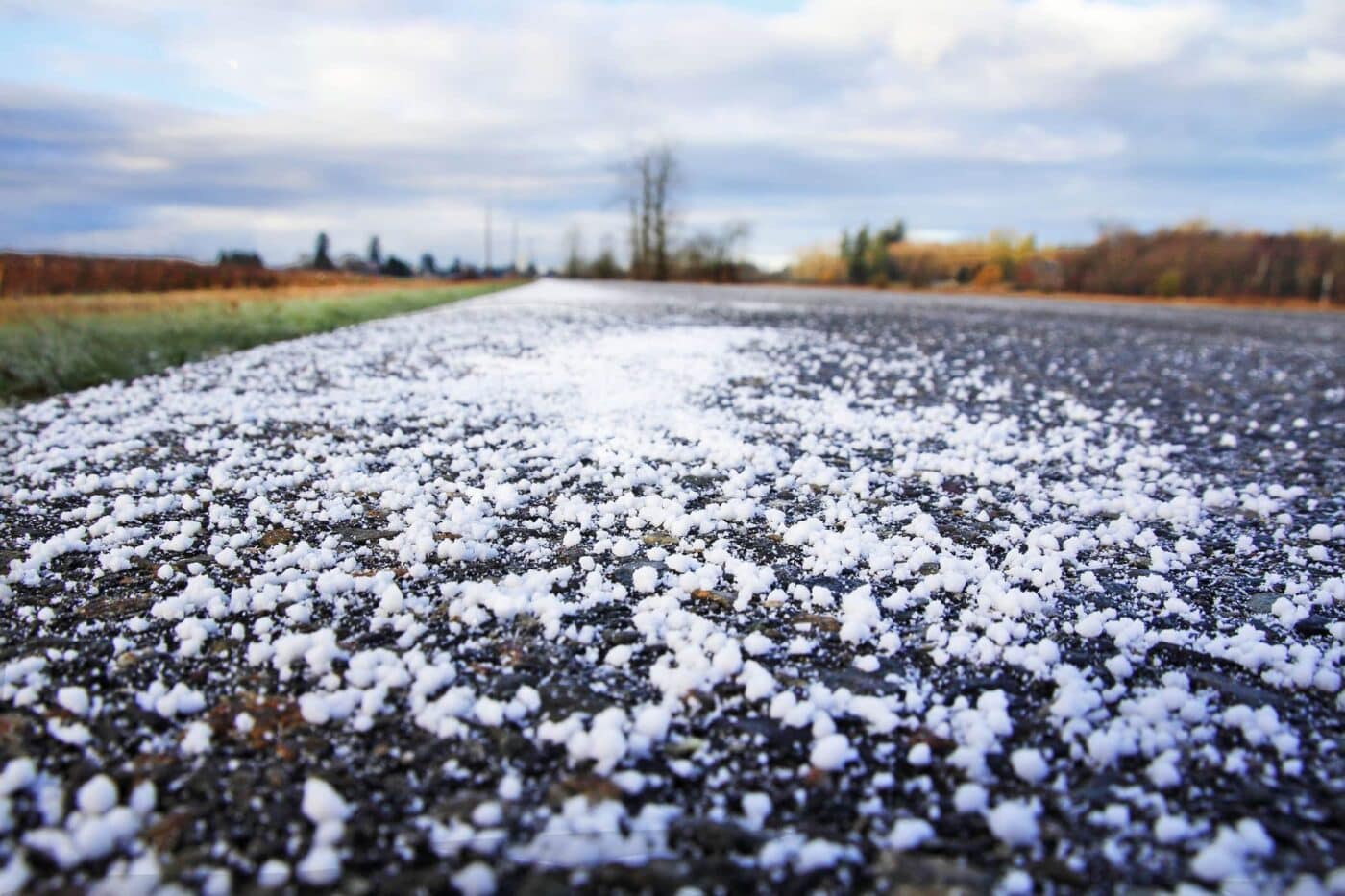
Indeed, a 2012 investigation by the Poughkeepsie Journal found that road salt that had been stored uncovered for decades at a New York State Department of Transportation storage shed in East Fishkill had led to high concentrations of sodium and chloride in the wells of nearby homeowners for more than 17 years after the shed had been covered. (The state DOT has since changed its practices.)
Of all the salt consumed in the United States, 42% is for road de-icing, according to a 2022 report from the U.S. Geologic Survey. Not only does it contaminate groundwater, it also affects wildlife — from the amphibians that breed in vernal pools to the deer and moose that are attracted to roads to lick the salt.
“It gets into our freshwater, rendering that water no longer fresh,” says Vicky Kelly, manager of the Cary Institute’s Environmental Monitoring Program. “That water not only sustains whole ecosystems of aquatic biota, it’s also our drinking water. Salty water imperils the environment several ways, both for our neighbors — the critters that live in the water — and to us through our drinking water.”
When it reaches groundwater, salt breaks up into its chemical components, sodium and chloride. State and federal agencies do not establish standards for sodium concentrations in water, other than to recommend that sodium levels in water “not exceed 20 milligrams per liter for people on very low sodium diets and 270 mg/L for people on moderately restricted sodium diets.” The state standard for chloride is a maximum level of 250 mg/L.
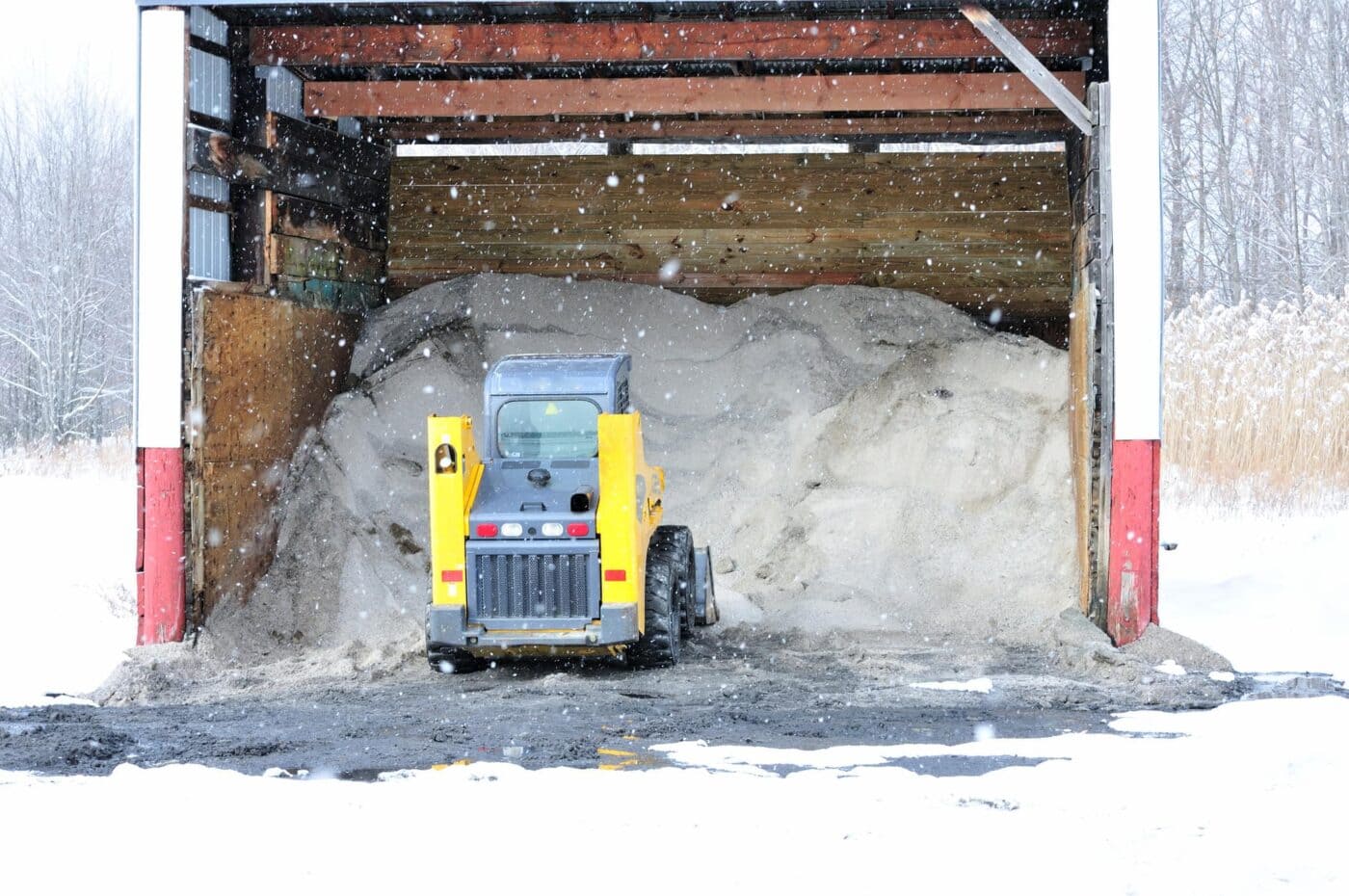
By comparison, a 2018 Cary Institute study of wells in Dutchess County found that some had sodium concentrations as high as 860 mg/L. Though the state Department of Health reports that 95 percent of the state’s residents receive water from public water systems that are regularly tested, private wells are much more common in the state’s rural areas — and they’re rarely tested.
That is why some local transportation officials are looking to lower-impact alternatives. The most common is a briny solution of water and salt that is sprayed on roadways before and after storms, depending on certain conditions.
Brines have a number of benefits over salt. Brines don’t bounce, blow off, or get swept away when they’re applied to roads. And they require less salt to have a similar effect, which can add up to a cost savings.
The Town of Rhinebeck began using brine on its roads in winter 2020-21. The town fashioned its own brine maker, which creates a product that requires one third less salt to cover the same amount of roadway, according to the town’s highway superintendent, Robert Wyant. “The first year we used it, we saved $8,000,” he says.
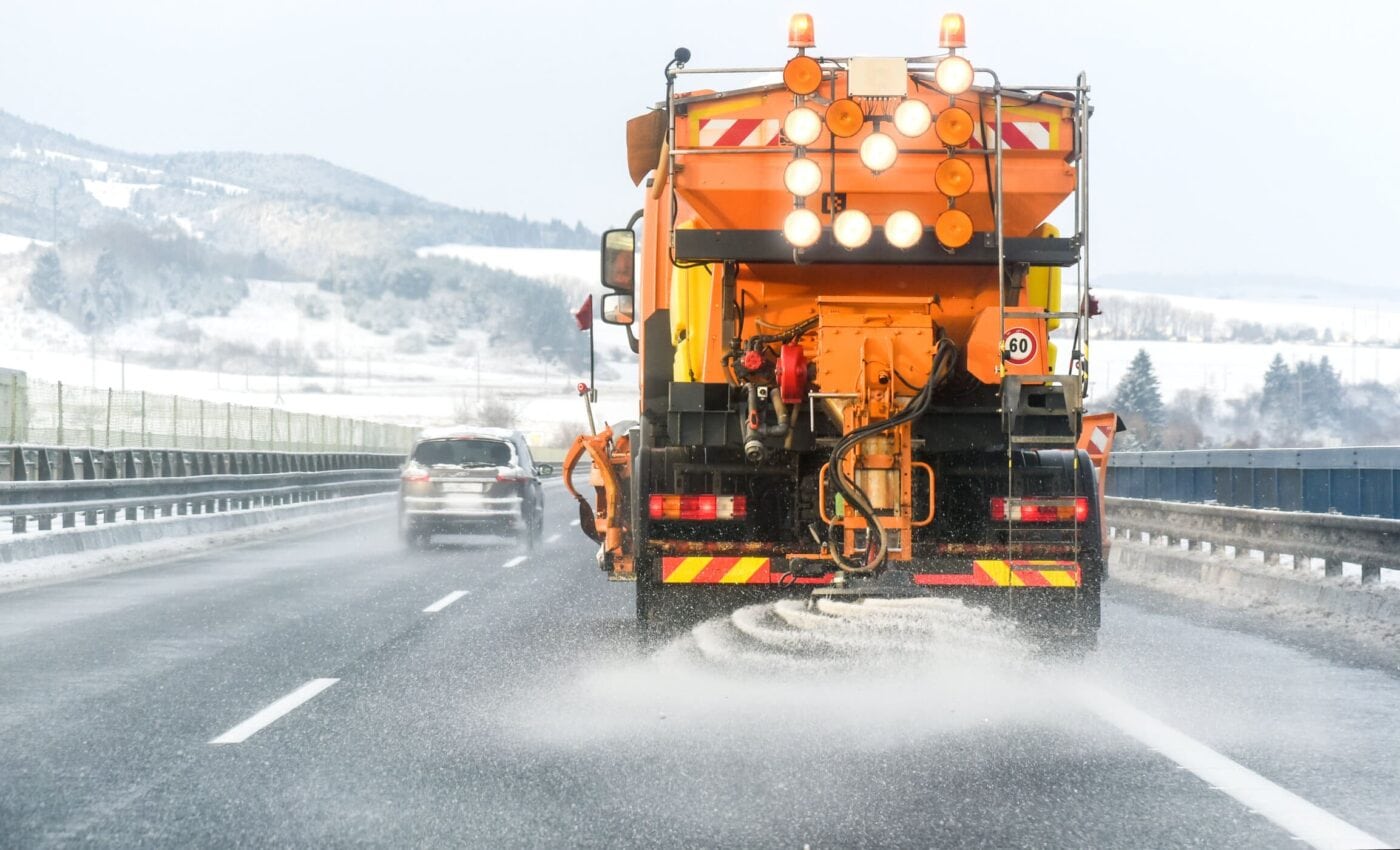
A lot of highway departments use a sand-and-salt mix, but “sand does more damage than salt does,” Wyant says. Sand has no melting capacity, is easily blown off the road like rock salt, can affect air quality when it is ground up into tiny particles, and causes turbidity and sediment in waterways that harms aquatic life. It is best used as a measure of last resort to increase traction if temperatures are too low for de-icing solutions.
Wyant notes that brine is not a silver bullet. It’s not effective when storms bring heavy rain followed by snow, since the rain washes off the briny pre-treatment. But under the right conditions, it can outperform salt.
In May 2022, the Dutchess County Environmental Management Council did a cost-benefit analysis of brine vs. rock salt. The report found that municipalities and agencies could save $42,000 per 100 lane miles served by using brine. A highway department with 400 lane miles could expect to pay off the initial outlay for equipment to make and spread the brine within two years, the analysis found.
“The reduction it allows will significantly reduce contamination of groundwater, streams, lakes, ponds and other freshwater,” the council wrote in its analysis. “The protection of our environment, including our drinking water, together with the savings in salt budgets is a win-win situation. We strongly encourage the use of brine for winter snow and ice control.”
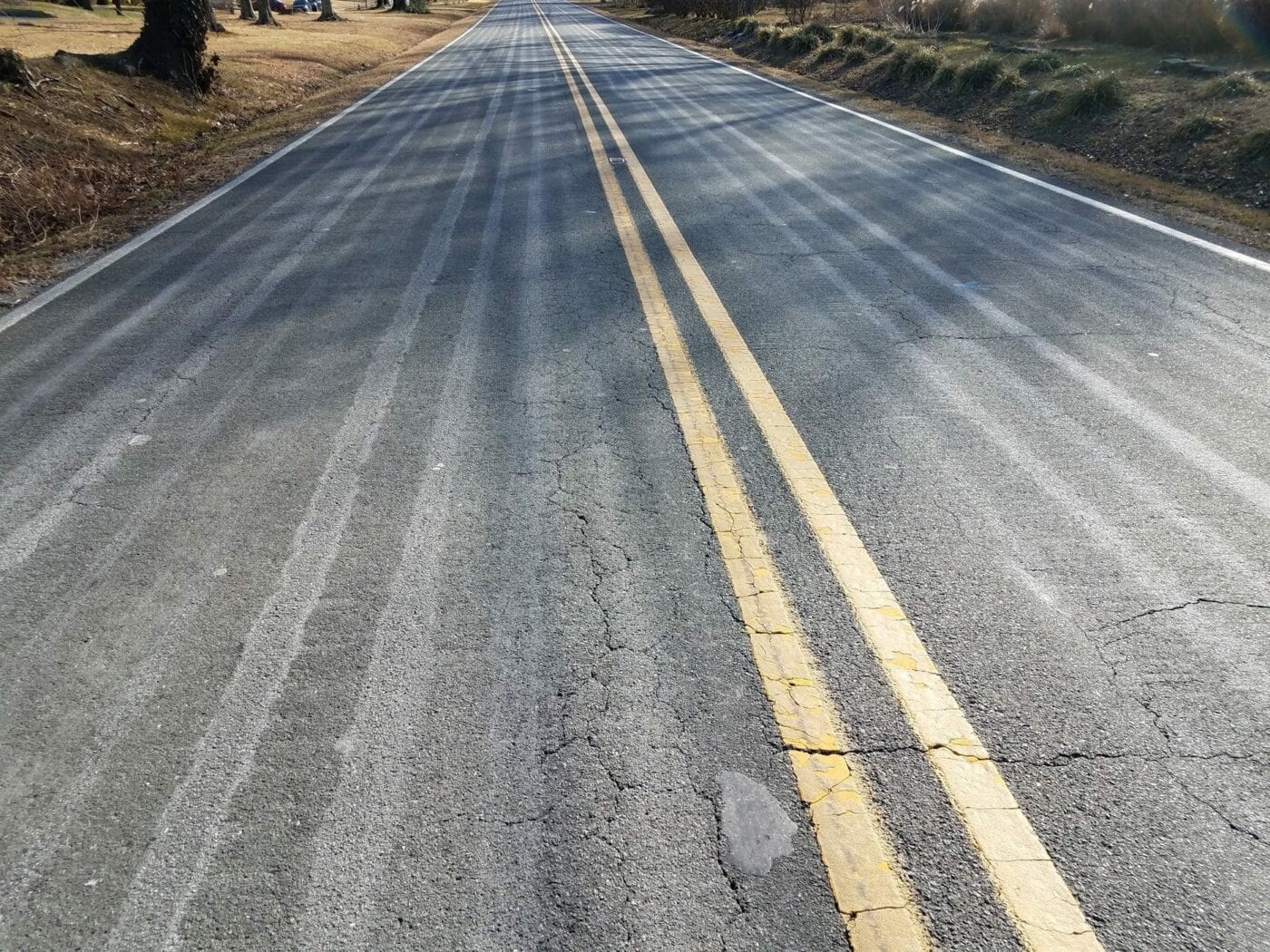
Whether more municipalities and agencies in and beyond the Hudson Valley are using brine is unclear. Statistics can vary based on the level of participation in the surveys, as well as the severity of the winter seasons.
A review of statistics maintained by the national research consortium Clear Roads suggests more transportation departments are warming to the use of brine. According to the organization’s annual survey of maintenance data, salt-brine usage jumped from 86.6 million gallons nationwide in 2014-15 to more than 144 million gallons last winter. However, the amount of salt used during the same period has remained stable.
Usage of brine in New York has fluctuated considerably, from as low as 500,000 gallons in 2015-16 to 1.2 million gallons two years ago.
Brines need not be made solely from salt. Indeed, some states have experimented with additives and other liquid applications.

The state of Missouri mixes beet juice into its salt brines, making them more effective at lower temperatures. A regular water-based salt brine is effective at as low as 25 degrees. When beet juice is added, the brine is effective at as low as 5 degrees. Missouri’s transportation department notes that beet juice will not melt ice without the salt brine.
The same is true for pickle juice and cheese brines. Both have been used by states and localities as a base for salt, water, and other chemicals. Wisconsin got attention about a decade ago when it began experimenting with cheese brine mixed with rock salt. However in 2014, a commissioner of Milwaukee’s public works department told local media that the cheese-brine program had “limited” success.
Advocacy can be an important tool in getting highway departments to reconsider old ways of doing things. Wyant, the Rhinebeck highway superintendent, notes that the town began its brine program after it was approached by a group of residents led by Vanessa Bertozzi, a Rhinebeck village trustee.
“She came down and got a bunch of people together here at the highway garage and was talking about brine,” Wyant says. “I said I would start looking into this and I did. I saw that it can save money and can save a lot of salt from the environment.”
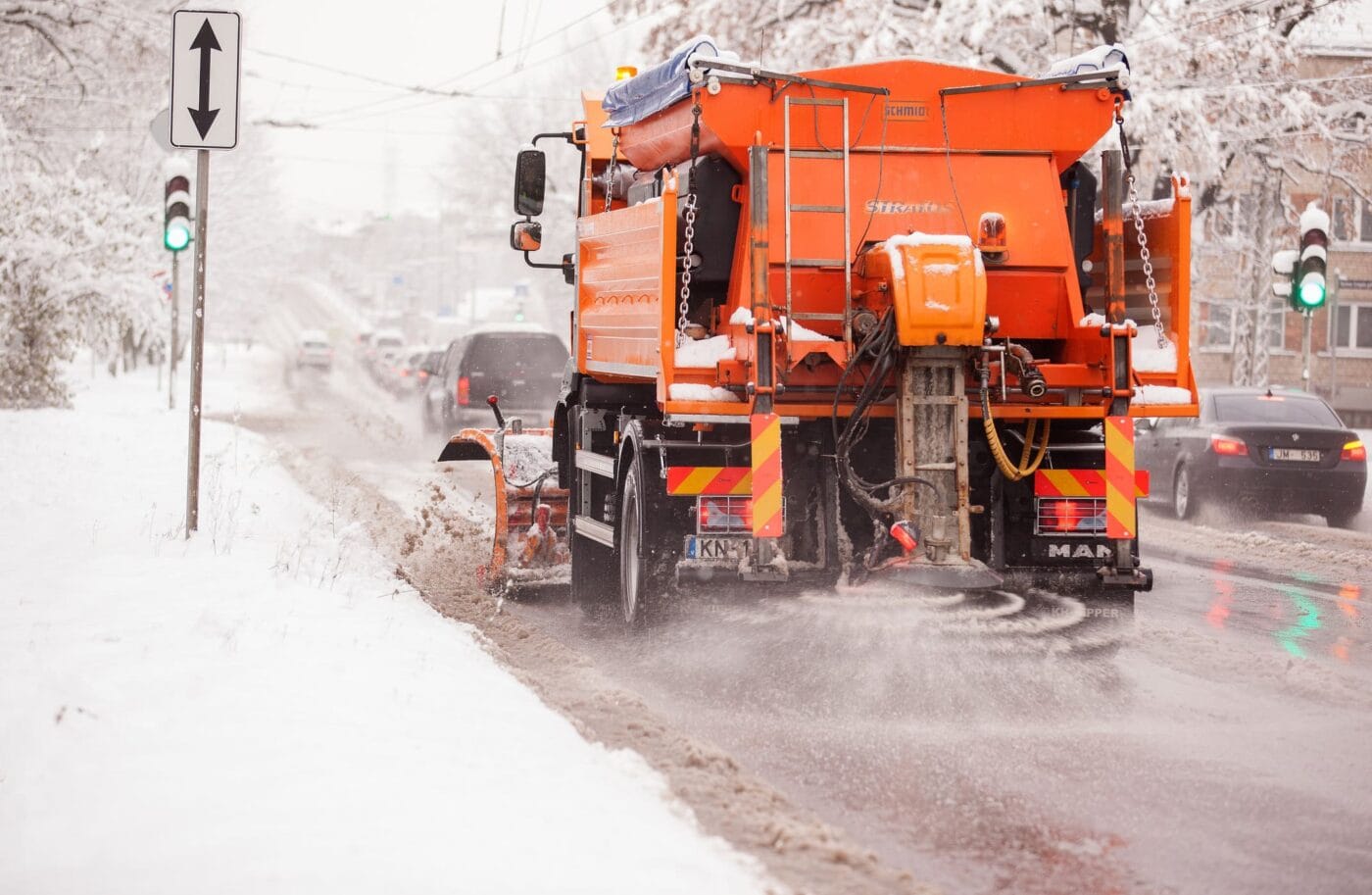
Bertozzi praises Wyant not only for making the change, but also for promoting to other superintendents the benefits of rock-salt alternatives. “Bob is really trying to spread the gospel,” she says. “Sure, we want communities to advocate for this. But to have him advocating to other highway superintendents, that is great. You want to find those inflection points.”
Kelly, the Cary Institute program manager, says the need to reduce the impact of salt on groundwater supplies is critical. She cites the “legacy effect” of salt that has collected and stored up in the subsurface environments and in groundwater.
“We have to start addressing this now,” Kelly says. “It’s imperative we implement these best practices because it will [take] decades to flush all the salt we have used over the last 60-80 years.”
Slash the Salt: At-Home Tips
- Adding too much salt to an icy surface is a waste of money and can only increase damage to concrete, metal, drinking water, and vegetation. It is a good rule of thumb to use deicers sparingly.
- Deciding how much to use depends on the deicer. A successful rate for rock salt is about a handful per square yard. If using calcium chloride, the amount needed is less — about a handful for every 3 square yards.
- Shovel the snow early and often. If the temperature drops after a snowstorm, the snow can turn icy and be harder to remove.
- The more scraping and removal of ice that you can do, the less deicer you will need to use. Deicers work best on a thin layer of ice.
- After you remove all of the snow and ice, sprinkle salt sparingly.
- As the sun comes out or the temperature rises, the deicer will make a slushy mixture of water and ice. Remove this before the temperature drops again and you should have an ice-free surface until the next storm.


